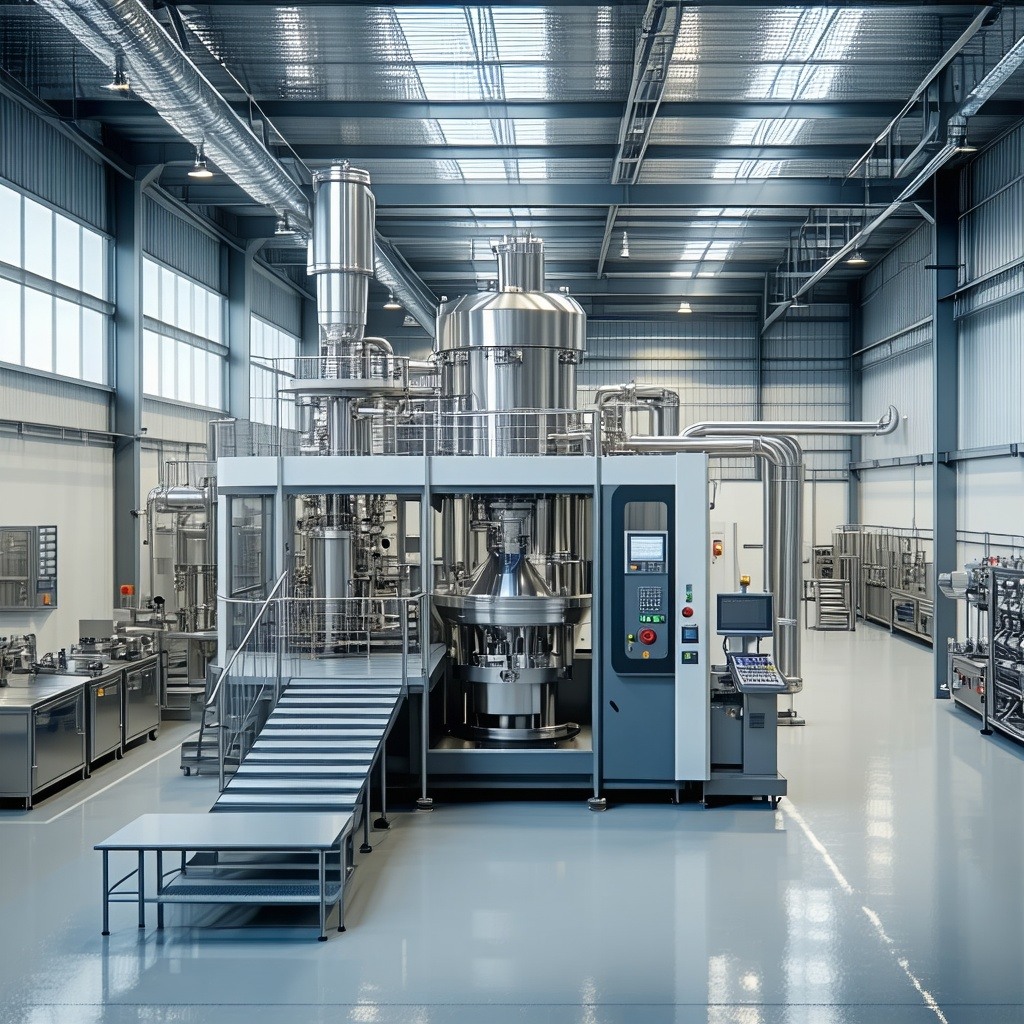Milling operations require specialized, high-quality equipment to ensure efficiency, precision, and productivity. Whether you operate a sawmill, grain mill, or metalworking mill, securing the right equipment is essential for success. However, purchasing mill equipment outright can be costly, which is why financing and leasing options are popular solutions for businesses looking to expand, upgrade, or replace essential machinery.
This guide explores the benefits, financing options, and steps to secure funding for mill equipment.
Why Finance or Lease Mill Equipment?
Investing in high-performance milling equipment is critical for maintaining operational efficiency and meeting production demands. Financing or leasing offers a way to acquire the necessary machinery without depleting capital reserves.
Key Benefits of Financing or Leasing Mill Equipment
✅ Preserve Cash Flow – Spread costs over time with manageable payments.
✅ Access to Advanced Technology – Upgrade to the latest milling technology without a large upfront expense.
✅ Tax Advantages – Lease payments and depreciation may be tax-deductible.
✅ Flexible Terms – Tailor financing options to fit your business’s budget and needs.
✅ Maintain Working Capital – Keep cash reserves available for other business expenses.
Types of Mill Equipment Eligible for Financing & Leasing
Various milling machines and related equipment can be financed or leased, including:
Sawmill Equipment
- Portable and stationary sawmills
- Log splitters and debarkers
- Band saws and circular saws
- Planers and edgers
Grain Milling Equipment
- Grain crushers and hammer mills
- Flour milling machines
- Sieving and sifting equipment
- Grain conveyors and storage bins
Metal Milling Equipment
- CNC mills and machining centers
- Lathes and milling machines
- Drilling and boring machines
- Grinding and polishing machines
Paper & Pulp Mill Equipment
- Pulping machines
- Paper cutting and pressing machines
- Drying and coating systems
- Conveyor and handling systems
Financing Options for Mill Equipment
1. Equipment Loans
- Borrow a lump sum to purchase new or used mill equipment.
- Fixed interest rates and structured repayment terms.
- Full ownership at the end of the loan term.
2. Equipment Leasing
- Use the equipment for a set period without a large upfront cost.
- Flexible end-of-term options: return, upgrade, or purchase the equipment.
3. SBA Loans
- Government-backed financing for small businesses.
- Longer repayment terms and lower interest rates.
4. Vendor Financing
- Some mill equipment manufacturers offer direct financing.
- May include promotional rates or deferred payments.
Leasing Options for Mill Equipment
1. Operating Lease
- Lower monthly payments compared to purchasing.
- Option to upgrade to newer equipment at lease-end.
2. Capital Lease
- Functions like a loan, with equipment ownership at lease-end.
- Ideal for businesses planning long-term use of the equipment.
3. Fair Market Value (FMV) Lease
- Lower monthly payments with an option to purchase at fair market value at lease-end.
4. $1 Buyout Lease
- Own the equipment at the end of the lease for just $1.
- Higher monthly payments but ensures full ownership.
How to Qualify for Mill Equipment Financing or Leasing
Lenders typically evaluate the following factors:
🔹 Credit Score – Higher credit scores increase approval chances and improve loan terms.
🔹 Business Financials – Cash flow, revenue, and financial statements are reviewed.
🔹 Time in Business – Established businesses may receive better financing terms.
🔹 Equipment Value – Lenders assess the cost and resale value of the equipment.
Steps to Secure Mill Equipment Financing or Leasing
1️⃣ Assess Your Equipment Needs – Identify the type and specifications of the required mill equipment.
2️⃣ Research Financing Providers – Compare banks, alternative lenders, and equipment vendors.
3️⃣ Prepare Financial Documents – Gather business financials, tax returns, and credit reports.
4️⃣ Submit Your Application – Apply for financing with a trusted lender.
5️⃣ Review and Finalize the Agreement – Understand payment structures, interest rates, and lease-end options.
6️⃣ Receive Equipment and Start Operations – Once approved, acquire and install the equipment.
Tips for Choosing the Right Financing or Leasing Option
✔ Compare Interest Rates – Shop around for competitive rates and terms.
✔ Consider Long-Term Costs – Factor in maintenance, operational costs, and lease-end buyout options.
✔ Work with Reputable Lenders – Choose a lender with experience in mill equipment financing.
✔ Plan for Business Growth – Select a financing plan that allows for future upgrades.
Industries That Benefit from Mill Equipment Financing & Leasing
🏗️ Construction & Lumber Mills – Sawmills and wood processing equipment.
🌾 Agriculture & Grain Processing – Flour mills and grain handling systems.
🏭 Manufacturing & Metalworking – CNC mills and machining centers.
📄 Paper & Pulp Production – Paper milling and pulp processing equipment.
Conclusion
Mill equipment financing and leasing provide businesses with the flexibility to acquire essential machinery while preserving cash flow. Whether you need sawmill, grain, metal, or paper processing equipment, there are financing solutions available to help you scale your operations efficiently. Explore your options today and invest in the success of your milling business!











